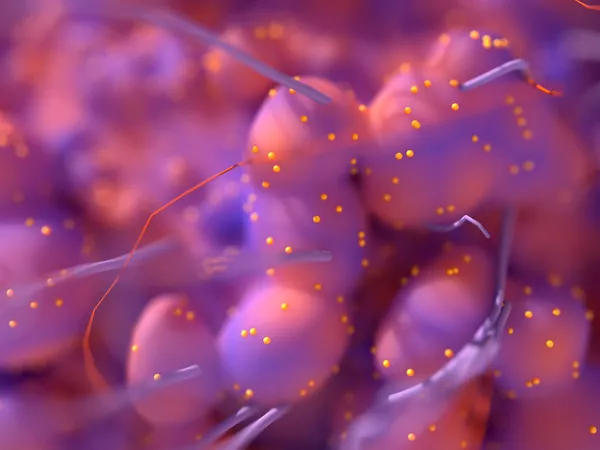EDITORIAL
Published on 20 Feb 2023
Editorial: Biology and treatment of high-risk CLL
doi 10.3389/fonc.2022.1109950
- 1,522 views
17k
Total downloads
65k
Total views and downloads
You will be redirected to our submission process.
EDITORIAL
Published on 20 Feb 2023
OPINION
Published on 09 Feb 2023

MINI REVIEW
Published on 13 Oct 2022

BRIEF RESEARCH REPORT
Published on 28 Jun 2022

ORIGINAL RESEARCH
Published on 24 Jun 2022

MINI REVIEW
Published on 28 Apr 2022

REVIEW
Published on 22 Mar 2022

REVIEW
Published on 16 Feb 2022

MINI REVIEW
Published on 08 Feb 2022

MINI REVIEW
Published on 13 Jan 2022

PERSPECTIVE
Published on 21 Dec 2021

REVIEW
Published on 16 Dec 2021

